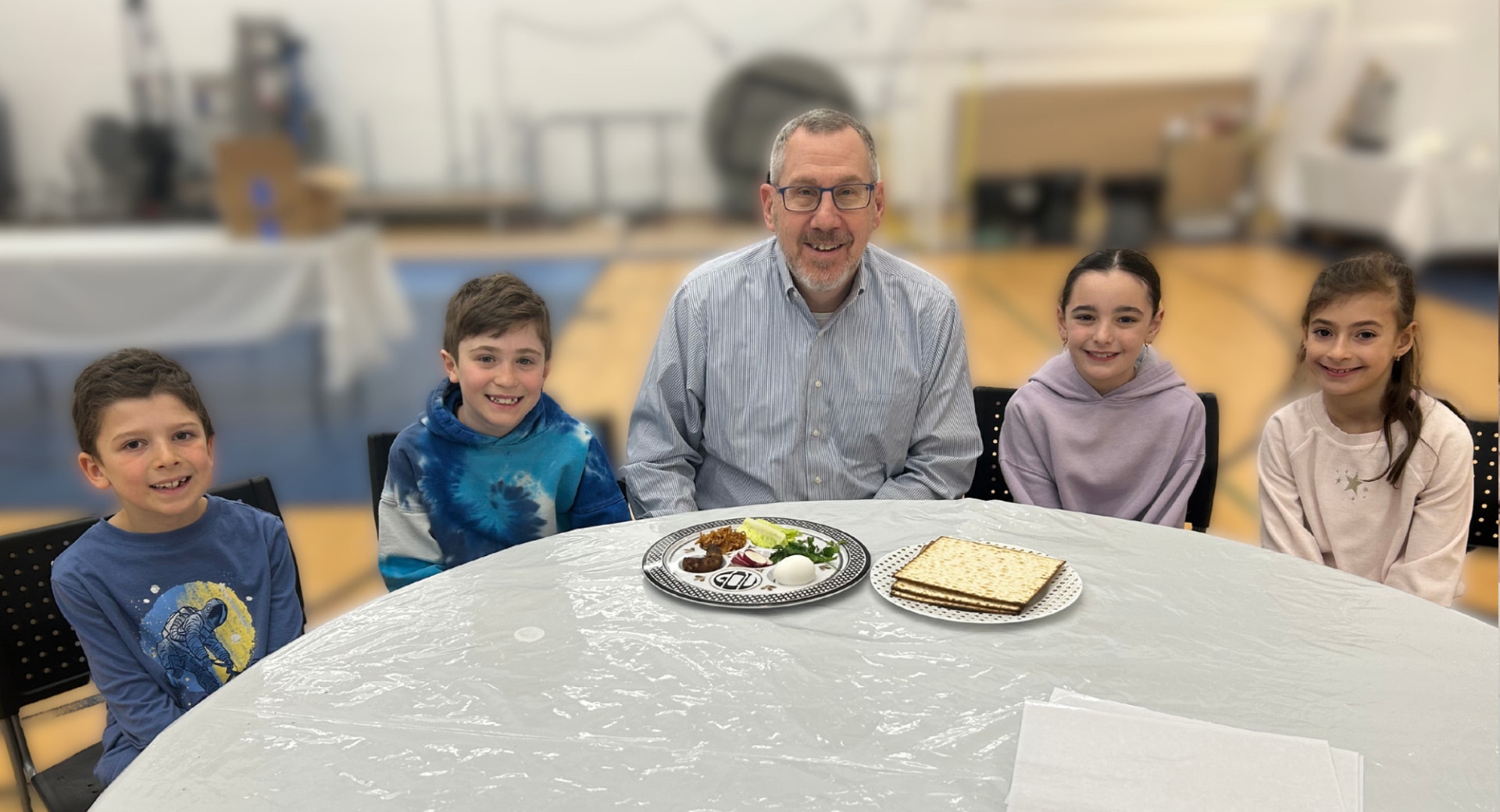
I’ve often been struck by how close Purim and Pesach are on the calendar, their overt differences and subtle similarities, and what they have to teach us each spring.
On the one hand, God is not mentioned in Megillat Esther and the story makes sense without any divine intervention. Palace intrigue, human character traits and power dynamics, and the Jewish struggle as a minority within a larger society, all “work” without any deus ex machina moments.
Pesach, on the other hand, tells a story that relies on God’s miracle-making: the burning bush, the plagues, and the splitting of the Sea of Reeds. Indeed, while Purim appears to be about people, the Pesach story is fundamentally about God and God’s redemption of our ancestors from slavery.
On close examination, though, there are some key similarities between the two stories.
Both begin with a plot twist that places a hero in a royal setting. Esther is a “candidate” to replace the banished Vashti, and she is chosen as the new queen when “the king loved Esther more than all the other women.” (Esther 2:17) Moses actually enters Pharaoh's palace twice — first when the princess pulls him out of the Nile as a baby and then when God sends him and Aaron to Pharaoh to demand that he let the Hebrews free.
Each hero receives a dramatic call to action. Upon hearing of Haman’s plan to destroy the Jews, Mordechai demands that Esther intervene on her people’s behalf: “Perhaps you have attained to royal position for just such a crisis.” (Esther 4:14) And at the burning bush, God speaks to Moses: “I will send you to Pharoah, and you shall free My people, the Israelites, from Egypt.” (Exodus 3:10)
Both heroes need to overcome fear and self-doubt to speak to the king and save their people. Esther knows full well that anyone who “enters the king’s presence…without having been summoned, there is but one law for him — that he be put to death.” (Esther 4:11) And Moses’s first reaction is that he is not worthy of God’s charge: “Who am I that I should go to Pharaoh and free the Israelites from Egypt?” (Exodus 3:11) But both Esther and Moses work through their fears to meet the moment and speak truth to power, saving and redeeming our ancestors.
As part of the Seder, we recite:
אֶלָּא שֶׁבְּכָל דּוֹר וָדוֹר עוֹמְדִים עָלֵינוּ לְכַלוֹתֵנוּ, וְהַקָּדוֹשׁ בָּרוּךְ הוּא מַצִּילֵנוּ מִיָּדָם
In every single generation people rise up to destroy us but the holy one, blessed be he, saves us from their hands.
Of course, we have no trouble recognizing our current generation as one that is threatened as well, whether it be from Hamas, Hezbollah, or the antisemites who have come out into the open since October 7, 2023. But perhaps it behooves us not to wait for Pesach-style miracles, instead recognizing our reality as another manifestation of Esther’s and Moses’s narratives.
We Jews are not necessarily positioned in a royal court, but after 2,000 years of powerlessness, we find ourselves as a people with agency — whether it be through the State of Israel or as active participants in liberal Western democracies. And, surely, the demands placed on Israel by its enemies, and on us Canadians by increasingly open expressions of Antisemitism, constitute clear calls to action to protect our people and our freedom.
The question, then, is how will we respond? Israel has chosen its path, with clear parallels to the fighting in the last chapters in the Megillah. And how about us in Canada? Will we overcome our fears and trepidations as a small demographic minority and demand that those in power protect us and treat us fairly?
At Bialik, we work hard to prepare our students for active, involved lives in the Jewish community and wider society. Indeed, the fourth element in Bialik’s LIVE statement* regarding Jewish identity — along with Literacy, Israel and Values — is Engagement. Hebrew, Tanach, Jewish history, Yiddish and all the General Studies subjects are not ends in and of themselves, but rather prerequisites for future engagement and leadership.
Responding to the challenges of the moment is our adult responsibility and we must continue to advocate for our people, our rights and our safety. Reassuringly, we can do that knowing that Bialik, together with our families and community, is preparing the next generation of Jewish leaders to carry on the traditions of Esther and Moses — to stand up, engage meaningfully in the world, and ensure our well-being.
Wishing you all meaningful Seders and a restful holiday!
Benjy Cohen
Head of School
* Bialik’s LIVE Statement
Bialik students LIVE their proud Jewish and Zionist identities:
- Literacy: Students work towards proficiency in Hebrew as a mode of connection to both Israel and the values embedded in our core Jewish texts.
- Israel: Students acquire a strong sense of Ahavat Yisrael — a love of Israel — as they learn about our historical ties to the land of Israel, and develop a commitment to Zionism and connection to Israel as our modern homeland. This affection relates to Israel as an Am/nation, Medina/state and Eretz/land. Students wrestle with the complexities of the modern State of Israel, and learn to value the interdependence of Israel and the Diaspora.
- Values and culture: Students are challenged to connect the values and ethics from Jewish texts and traditions to their modern lives as Canadian Jews. They develop an appreciation for Yiddish culture and the rich variety of other Jewish cultural heritages.
- Engagement: Students are encouraged to think critically about their own place in the Jewish narrative and Am Yisra’el. They develop an understanding of their place in Jewish history and the importance of active involvement in our multi-denominational Jewish community and wider society.
